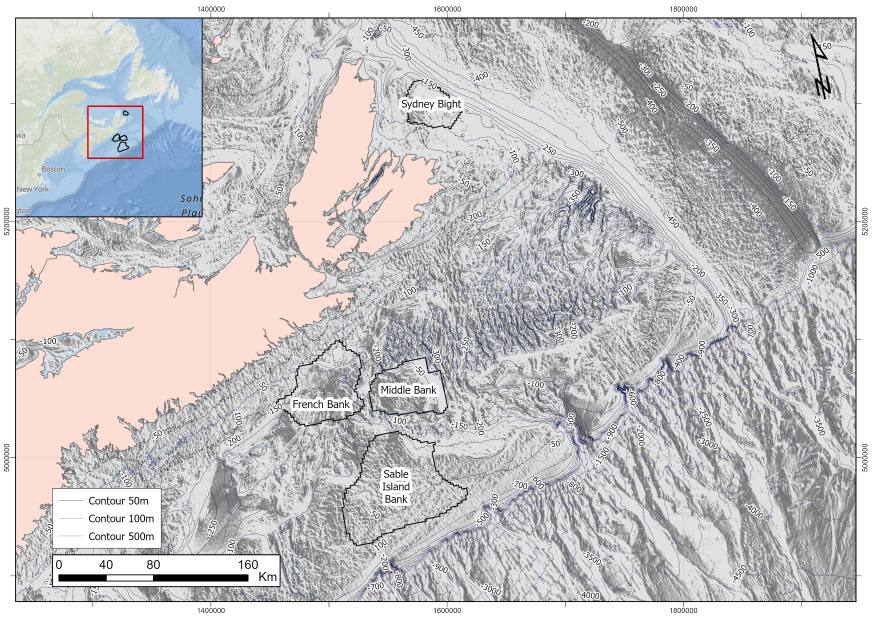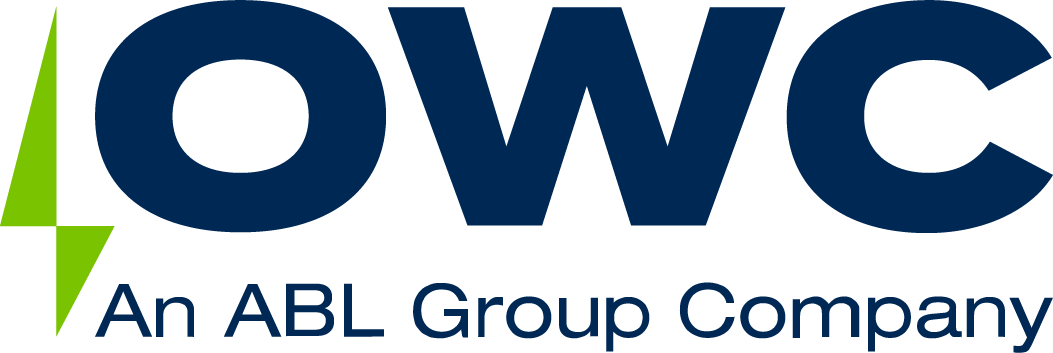Canada’s Offshore Moment: From Policy to Power On – Navigating the Road Ahead
A Technical Insight from ABL Group
Introduction: Process Meets Physics
Canada has entered a defining phase in its offshore wind journey. Following the Call for Information and Pre-Qualification (NS25-1R) for the country’s first offshore wind auction, the Canada-Nova Scotia Offshore Energy Regulator (CNSOER) has formally set in motion a process that could shape the nation’s renewable energy landscape for decades.
This announcement builds on the joint strategic direction from the Governments of Canada and Nova Scotia, issued in September 2025, and marks the start of a 90-day engagement period open until 13 January 2026.
For industry leaders, this is a moment of opportunity, but also one that demands technical readiness. The pathway from process to production will hinge on the ability to align infrastructure, grid, marine environment, and financial frameworks into a cohesive system capable of delivering export-scale offshore wind.
Setting the Stage: OWC – part of ABL Group’s Role in Shaping Canada’s Offshore Future
This new phase comes with a sense of déjà vu for ABL and OWC. Last year, OWC advised Canada’s Ocean Supercluster and Marine Renewables Canada on potential frameworks for future offshore wind auction processes.

“We were pleased to help shape the parameters for future offshore wind auctions in Canada. Our global experience in advising clients around the world in preparing for offshore wind auction processes, from Scotland to Taiwan and the USA, gave us a clear perspective on how to design a process that ensures competitiveness, commercial viability, and investor confidence.”
– Jeff Fodiak, OWC Director of Offshore Wind, Americas
With ABL’s established footprint in Halifax, Montreal, Calgary, St John’s, and Vancouver, and a long list of renewable energy projects completed in Canada to date – and OWC’s deep technical experience across bid advisory, owner’s engineering, and grid-scale project development – the Group is well positioned to advise and support Canada’s emerging offshore wind market through this next crucial phase.
The Road Ahead: Risks and Rewards
The NS25-1R auction marks the first step in realising Nova Scotia’s 5 GW offshore wind target by 2030. But Canada’s offshore potential extends far beyond generation targets – it’s about building a sustainable export platform.
Key dynamics shaping the opportunity:
- Transmission bottlenecks: Without early alignment on HVDC interconnections to Québec, Ontario, and New England, electrons risk being stranded offshore.
- Ports and harbours: No Atlantic port today is “GW-ready.” Investments must bridge current capacity gaps and future floating wind demands.
- Revenue frameworks: To achieve early-2030s FIDs, the market will need visibility on CfD or offtake mechanisms by 2027.
- Permitting and engagement: Effective Indigenous consultation, fisheries dialogue, and environmental assessment capacity must scale with ambition.
“Canada has flipped ambition into motion. Execute transmission, de-risk ports, and codify revenue, and this becomes a real export platform, not just a great wind map.”
– John MacAskill, Group Growth Director at ABL Group

Expert Commentary
Market Outlook and Strategic Risk Perspective
“Previous perceived wisdom was that Canada could benefit from the rapid growth in offshore wind planned for the USA. That can no longer be relied upon, but now Canada can benefit by showcasing the key features that attract international investment for offshore wind:
- Political and Regulatory Stability
- Common Purpose between Provincial and Federal Governments
- Supportive and streamlined development and investment policies

“The role of the Major Projects Office will be key in enabling the latter point.
Key risks are those common to new markets: supply chain, infrastructure and grid. Route to market is what developers will pay particular attention to, and revenue stability mechanisms will be important.”
– David Wotherspoon, Director of Growth, Offshore Wind, OWC
Marine Risk, Ports and Harbours Readiness
“Canada’s maritime infrastructure stands at the centre of offshore readiness. ABL’s Ports and Harbours consulting expertise, combining marine operations, civil and geotechnical engineering, and risk management, provides a unique lens on readiness.
Key challenges include rapid escalation of T&I (transport and installation) operations, infrastructure compatibility with larger floating assets, limited vessel and fleet availability, and navigational risk and safety management.“
– Sean Murphy, Renewables Manager, ABL

Geo-Consulting and Site Characterisation
The foundation of any offshore wind success lies beneath the surface. From site characterisation and ground modelling to sediment transport and metocean analysis, early-stage geoscientific insight defines both technical feasibility and cost certainty.

“There is a good amount of publicly available geo-data for the Nova Scotia offshore Wind Energy Areas, which will allow developers to gain low-cost, valuable insight at this early stage of project planning. We have already collated and interpreted this information which has allowed us to have an expert understanding of the site conditions, including the water depths, seabed and sub-surface soil conditions, and various geo-hazards and anthropogenic site constraints.
Although some initial geo-hazards have been identified, the high-level findings of our assessment conclude that, with sufficient site planning and engineering design, there are suitable conditions for offshore wind foundations and cable installation.”
– George Marling, Americas Geoscience Coordinator, OWC

Grid Interconnection and Export Corridors
Building robust HVDC corridors between Atlantic Canada and neighbouring grids will determine the commercial viability of the first projects. This requires synchronised planning between provinces and cross-border partners.
“The viability of the large-scale offshore wind in Nova Scotia will greatly depend on the ability to construct and finance new grid infrastructure linking Nova Scotia to neighbouring grids. The realization of new grid infrastructure will require significant anticipatory investment and synchronized planning across multiple regions, including coordination between provinces and cross-border partners. OWC staff have performed techno-economic feasibility and advisory roles such as preparing and evaluating transmission system concepts and undertaking cost-benefit-risk analysis in regions with similar grid challenges in North America and Europe, such as in Northern California, the Cheviot boundary between Scotland and England, and Scottish island connectivity to mainland GB.”
– Jeff Fodiak, Offshore Wind Director, Americas, OWC

Market Readiness and Institutional Capacity
Institutional readiness from environmental assessment to Indigenous engagement will be critical. Canada’s regulatory stability (CORER, Part 5) provides a sound base but scaling human and technical capacity within permitting agencies and supply chains will be decisive.

“For regions like Nova Scotia, environmental assessments, engagement with the Indigenous community and local supply chain, and regulatory delivery is what will turn offshore wind from policy into a reality.”
– Maria Pallard, Country Manager, Canada, ABL
The ABL Group Value Chain: Enabling Canada’s Offshore Wind Vision
As Canada progresses toward its first offshore wind auction, ABL Group’s integrated expertise offers a uniquely holistic solution:
| Challenge | ABL Group Capability |
| Port readiness | Ports & Harbours consulting, T&I risk assessments, port decarbonisation advisory |
| Marine risk | Marine assurance, navigational risk, loss prevention, casualty investigation |
| Site characterisation | Geoscience and metocean analysis, foundations, ground modelling, GIS, cable routing and burial assessments |
| Transmission | Grid interconnector design advisory, HVDC corridor studies |
| Auction advisory | Technical due diligence, owner’s engineering, bid evaluation and strategy |
| Environmental and consenting | Marine licensing, stakeholder engagement, and environmental risk advisory |
With our maritime legacy since 1856, technical depth across 44+ countries, and over 1,000 renewable projects worked on (totalling 350+ GW) ABL Group bring the combined operational, engineering, and strategic expertise needed to make Canada’s offshore wind ambitions investable, feasible and deliverable.
Conclusion: Canada’s Turning Point
Canada’s first offshore wind auction is more than a regulatory milestone – it’s a test of technical execution, coordination, and confidence. Success will depend on how effectively the country aligns infrastructure, governance, and innovation to transform its offshore potential into a global export story.
ABL Group are ready to support at every stage of that journey, from policy design to port delivery, from site assessment to system integration, helping Canada realise its offshore future.
